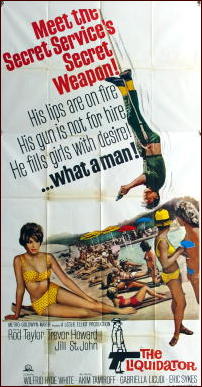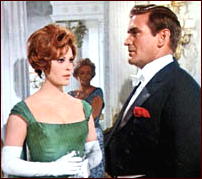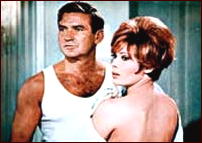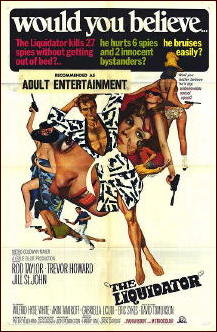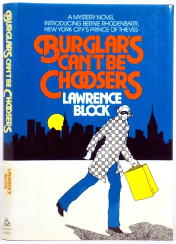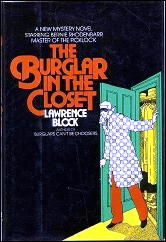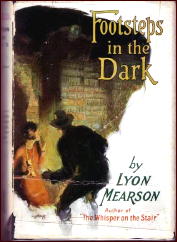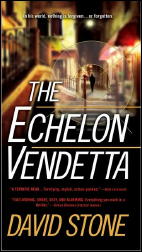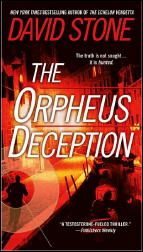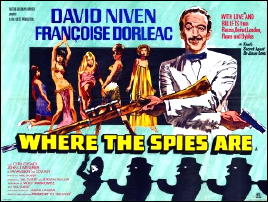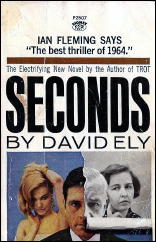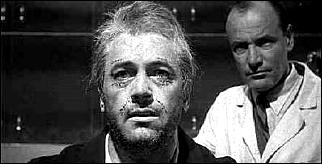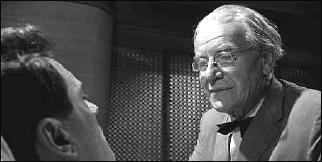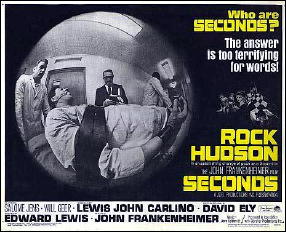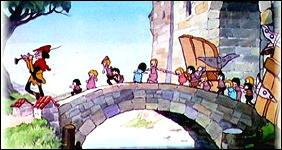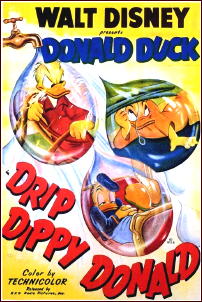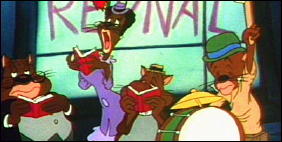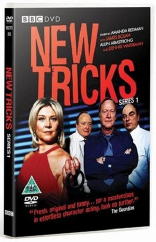Tue 25 Aug 2009
STREET OF SHADOWS. Anglo-Amalgamated Film Distributors (UK) / Lippert Pictures (US), 1953. Released as The Shadow Man in the US. Cesar Romero, Kay Kendall, Edward Underdown, Victor Maddern, Simone Silva. Based on the novel The Creaking Chair by Laurence Meynell. Screenwriter & director: Richard Vernon.
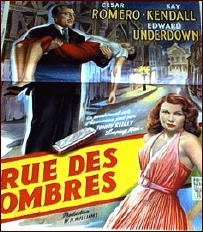
Laurence Meynell, to begin at what’s probably the wrong (but easiest) place to start, is in all likelihood unknown to all but the keenest of detective fiction fans, but he had one of the longest careers in the business, with his first mystery novel coming out in 1928 and his last in 1988 (when he was 89).
He also wrote non-fiction, poetry, children’s books and more. For a short online tribute to him, should you be interested, go here.
The book that Street of Shadows was based on, The Creaking Chair (1941), isn’t one I’ve happened to read, so whether the movie has any resemblance to it, I cannot tell you. It came to me (the film, that is) in DVD form, as part of a box set of Forgotten Noir films, not that in 1953 they had any idea that they were making noir films, only films with crime and lots of dark shadows, all the better to hide how few dollars (or pounds, rather) there were involved with the budget in making them.
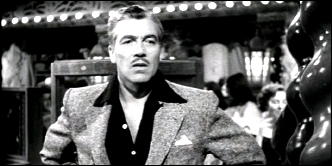
I will make no jokes about the movies in this set being “Forgotten.” I will point out that the version of Street of Shadows in this set is seven minutes longer than the one released in the US, so you will get your money’s worth that way, if nothing more. (And for the life of me, I cannot figure out what seven minutes might have been cut. The plot’s so compact that leaving anything out would leave the story line incomprehensible, or so it would seem to me.)
All seriousness aside, there are a couple of reasons for watching this movie, and I’m going to tell you right away that the story line isn’t particularly one of its strong suits. But Cesar Romero, whether he was playing the Cisco Kid or The Joker on the Batman TV series, never turned in a bad performance. Larger than life, perhaps, as he is here as Luigi, owner of a pinball club in London’s Soho district, but as always, he is also as natural before the camera as any actor I can think of.
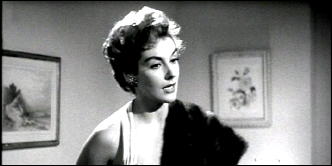
In Street of Shadows he is attracted to Barbara Gale, the wife of a man who’s bored with her, a fact that I can neither understand nor explain to you, since she’s a second reason for watching this movie, the most exquisitely beautiful Kay Kendall, married later to Rex Harrison not long before her tragic death from leukemia at the age of only 33.
Also notable in the cast is Victor Maddern as Luigi’s crippled pug-ugly janitor “Limpy,” who’s never had a real date with a woman, and Simone Silva (of Robert Mitchum fame) as Angele Abbé, the girl that Luigi has broken up with. When she’s found dead in Luigi’s penny arcade, the eyes of the police turn directly to him — and on the run he goes, in order to clear himself.
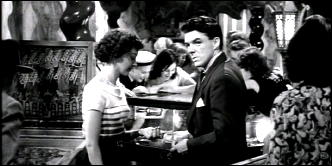
Don’t go looking for a major detective story here, even though an inspector from Scotland Yard has a sizable role to play (Edward Underdown).
Watch this instead for the almost incessantly dark settings, Cesar Romero’s strong performance, to see Kay Kendall at the height of her stylish beauty, and for several of the mechanical devices in Luigi’s arcade, including a head-bobbing, banjo-playing clown, the latter adding noisily to the atmosphere, along with a jukebox in grand 1950s style that I really wouldn’t mind having myself.
